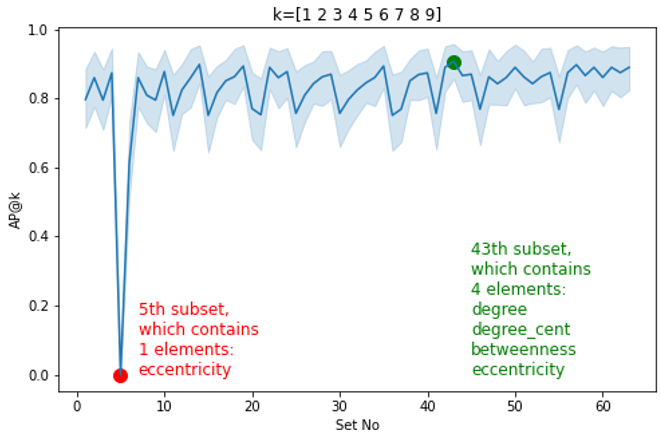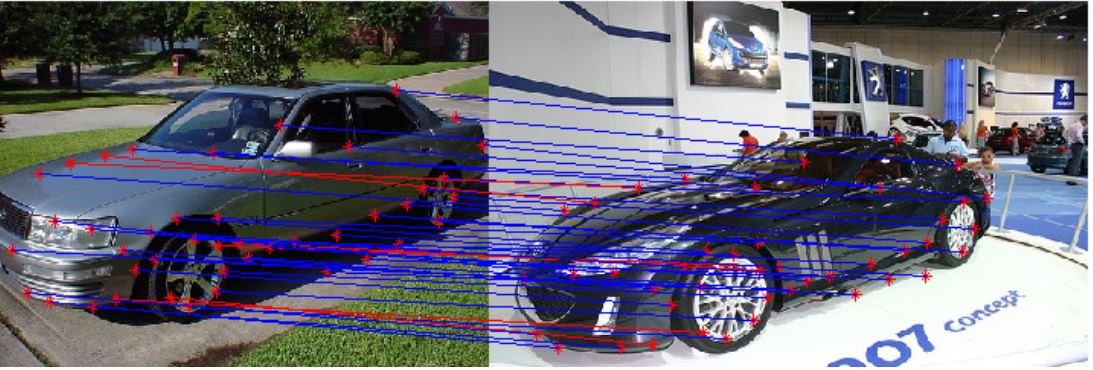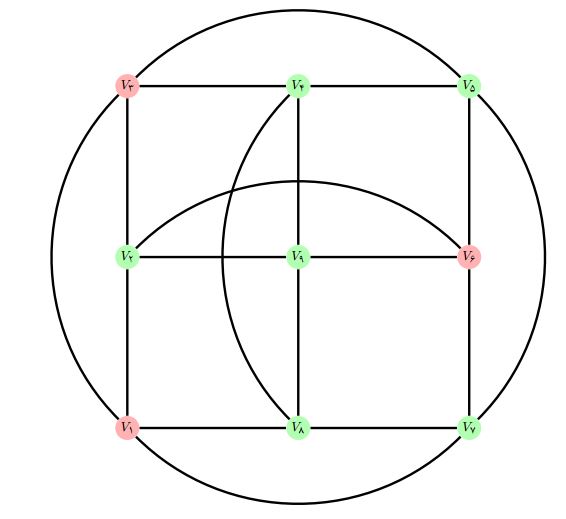Combinatorial optimization
Combinatorial optimization as a major domain of CS
Combinatorial optimization is a field within computer science that focuses on finding the optimal solution among a finite set of possibilities. It involves solving complex problems by determining the best combination of variables to achieve an objective. Some examples of combinatorial optimization problems include:
-
Tiling problems: The tiling problem is a type of combinatorial problem that asks how to cover a given region with a given set of tiles, without any gaps or overlaps. The region and the tiles can have different shapes and sizes, and the tiles can be placed in different orientations. The tiling problem can have various applications, such as art, cryptography, geometry, and computer science. The tiling problem can also have different variations, such as counting the number of possible tilings, finding a specific tiling, or determining whether a tiling exists or not.
-
Time tabling: In this problem, the goal is to create an optimal schedule for activities, taking into consideration constraints such as available resources, time slots, and preferences. This is commonly used in school timetables, conference schedules, or employee shift planning.
-
Cutting and packing problems: These problems involve finding the most efficient way to cut or pack objects into specific shapes or containers. This is commonly used in logistics and manufacturing industries to optimize the use of space, minimize shipping costs, or maximize loading capacity.
-
Facility location problems: In this problem, the objective is to determine the optimal location for new facilities based on factors such as distance to customers, transportation costs, and capacity requirements. It has applications in urban planning, supply chain management, and network design.
-
Graph matching: Graph matching problems involve finding the optimal correspondence or alignment between two or more graphs. This is often applied in image recognition, pattern recognition, or DNA sequence alignment.
These examples highlight the broad range of applications and complexity involved in combinatorial optimization, making it an important area of study within computer science.
The Optimization Lab at Math Faculty and many publications of the members are related to this topic.
References
2023
2021
2020
2019
-
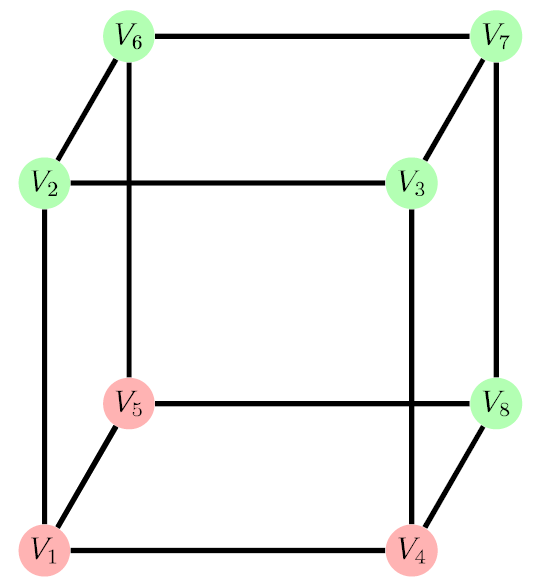 محاسبه بعد متریک گراف با الگوریتم شبیهسازی تبریدیIn سومین سمینار کنترل و بهینهسازی, Feb 2019Computing Graph Metric Dimension using Simulated Annealing
محاسبه بعد متریک گراف با الگوریتم شبیهسازی تبریدیIn سومین سمینار کنترل و بهینهسازی, Feb 2019Computing Graph Metric Dimension using Simulated Annealing
2017
-
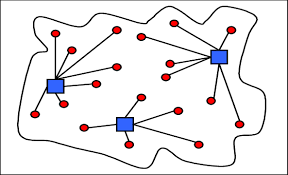 Solving uncapacitated facility location problem by cuckoo optimization algorithmIn 48th Annual Iranian Mathematics Conference, Feb 2017
Solving uncapacitated facility location problem by cuckoo optimization algorithmIn 48th Annual Iranian Mathematics Conference, Feb 2017 -
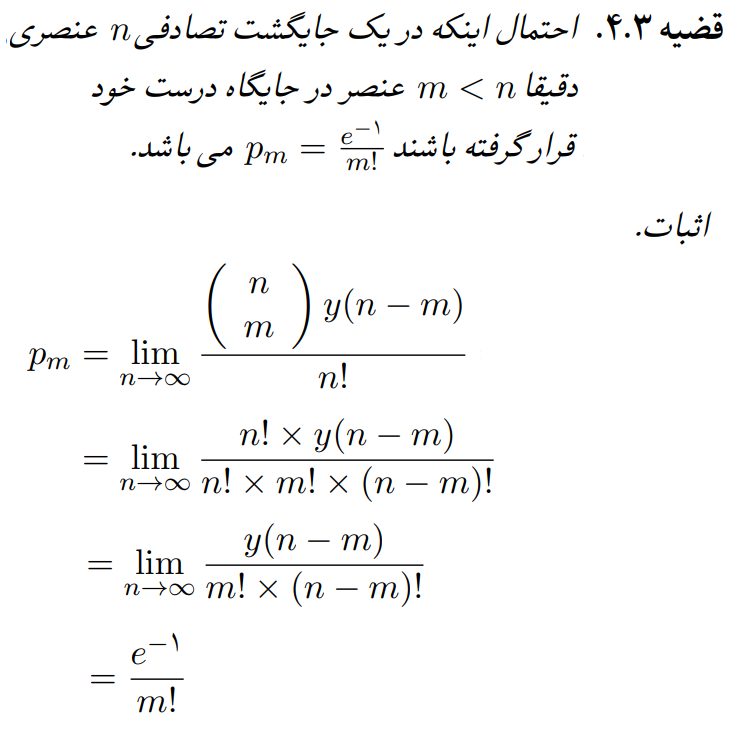 یک حد بالا برای حداقل تعداد تطابقات درست در مسئله تطابق گراف با روشهای مبتنی بر جستجوی تصادفیIn چهل و هشتمین کنفرانس ریاضی ایران, Feb 2017An Upper Bound for Minimum True Matches in Graph Isomorphism with Stochastic Methods
یک حد بالا برای حداقل تعداد تطابقات درست در مسئله تطابق گراف با روشهای مبتنی بر جستجوی تصادفیIn چهل و هشتمین کنفرانس ریاضی ایران, Feb 2017An Upper Bound for Minimum True Matches in Graph Isomorphism with Stochastic Methods
2014
-
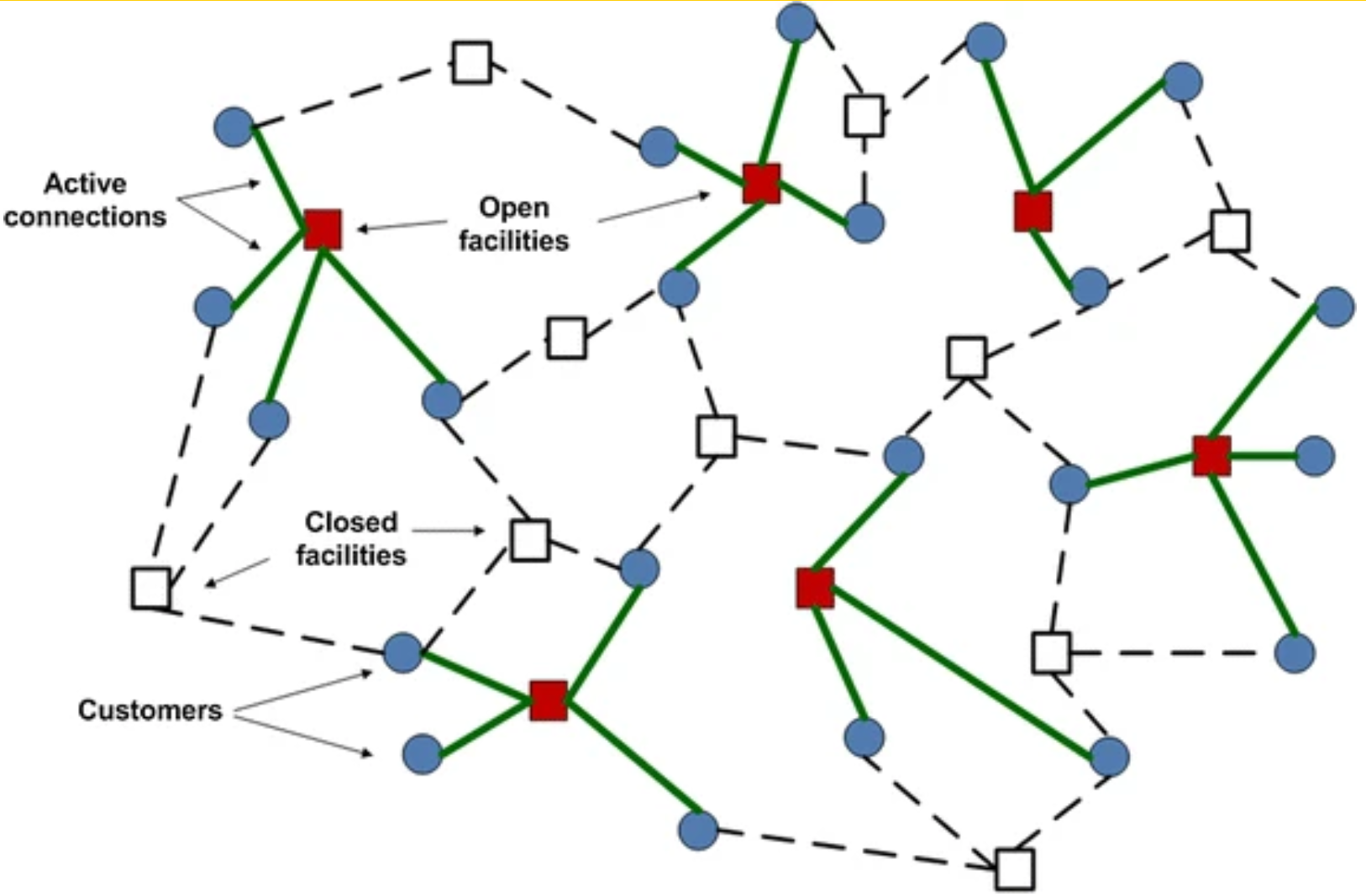 مقایسه سه روش فراابتکاری در حل UFLPIn هفتمین کنفرانس بینالمللی انجمن ایرانی تحقیق در عملیات, Feb 2014Comparing 3 meta-heuristic methods for solving UFLP
مقایسه سه روش فراابتکاری در حل UFLPIn هفتمین کنفرانس بینالمللی انجمن ایرانی تحقیق در عملیات, Feb 2014Comparing 3 meta-heuristic methods for solving UFLP -
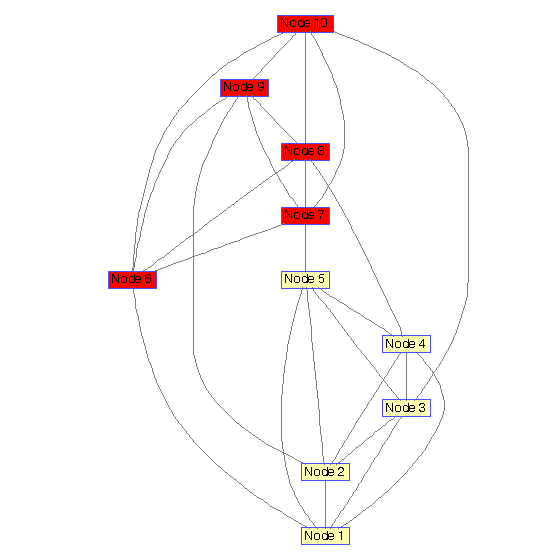 برش کمینهی گراف با شبیهسازی تبریدیIn هفتمین کنفرانس بینالمللی انجمن ایرانی تحقیق در عملیات, Feb 2014Graph Minumum Cut using SA
برش کمینهی گراف با شبیهسازی تبریدیIn هفتمین کنفرانس بینالمللی انجمن ایرانی تحقیق در عملیات, Feb 2014Graph Minumum Cut using SA -
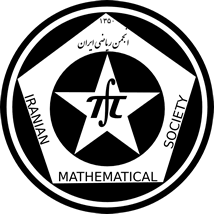 مسئله مکانیابی p -هاب با ظرفیت نامتناهی در حضور صف M/G/1In چهل و پنجمین کنفرانس ریاضی ایران, Feb 2014Facility Location Problem in M/G/1 Queue
مسئله مکانیابی p -هاب با ظرفیت نامتناهی در حضور صف M/G/1In چهل و پنجمین کنفرانس ریاضی ایران, Feb 2014Facility Location Problem in M/G/1 Queue
2007
-
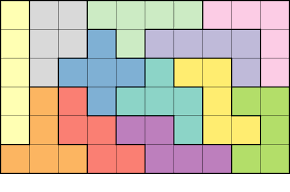 Using Pattern Matching for Tiling and Packing ProblemsEuropean Journal of Operational Research, Feb 2007Indexed by DBLP and SCOPUS
Using Pattern Matching for Tiling and Packing ProblemsEuropean Journal of Operational Research, Feb 2007Indexed by DBLP and SCOPUS -
 A Fish School Clustering Algorithm: Applied to Student Sectioning ProblemDynamics of Continuous Discrete & Impulse Systems, series B: Applications and Algorithms, Dec 2007Post Proceeding of LSMS2007, Life System Modeling and Simulation 2007, China
A Fish School Clustering Algorithm: Applied to Student Sectioning ProblemDynamics of Continuous Discrete & Impulse Systems, series B: Applications and Algorithms, Dec 2007Post Proceeding of LSMS2007, Life System Modeling and Simulation 2007, China
2005
-
 Feature Selection in A Fuzzy Student Sectioning AlgorithmLecture Notes in Computer Science, Dec 2005Indexed by DBLP
Feature Selection in A Fuzzy Student Sectioning AlgorithmLecture Notes in Computer Science, Dec 2005Indexed by DBLP
2004
-
 Fuzzy Student SectioningIn PATAT04: Practice and Theory of Automated Timetabling, Aug 2004
Fuzzy Student SectioningIn PATAT04: Practice and Theory of Automated Timetabling, Aug 2004 -
 Using Pattern Matching for Tiling and Packing ProblemsIn Fifth International Conference on Computer Sciences, Jul 2004
Using Pattern Matching for Tiling and Packing ProblemsIn Fifth International Conference on Computer Sciences, Jul 2004 -
 کلاسهبندی فازی بهینه دانشجویان با استفاده از یک تابع فازی در حل مسئله برنامهریزی ژنتیکی دروس هفتگی دانشگاهIn نهمین كنفرانس سالانه انجمن كامپیوتر ایران, اسفند 2004Student’s sectioning using fuzzy inference system
کلاسهبندی فازی بهینه دانشجویان با استفاده از یک تابع فازی در حل مسئله برنامهریزی ژنتیکی دروس هفتگی دانشگاهIn نهمین كنفرانس سالانه انجمن كامپیوتر ایران, اسفند 2004Student’s sectioning using fuzzy inference system
2002
-
 A Genetic-Neuro Algorithm for Tiling Problems with Rotation and Reflection of FiguresIranian Journal of Science and Technology, Transaction B, Dec 2002Indexed by ACM
A Genetic-Neuro Algorithm for Tiling Problems with Rotation and Reflection of FiguresIranian Journal of Science and Technology, Transaction B, Dec 2002Indexed by ACM
2000
-
 جورچینی قطعات راست گوشه با استفاده از شبكه های عصبی و الگوریتم ژنتیكIn پنجمین کنفرانس سالانه انجمن کامپیوتر ایران, بهمن 2000Tiling Problem using Neural Networks and Genetic Algorithm
جورچینی قطعات راست گوشه با استفاده از شبكه های عصبی و الگوریتم ژنتیكIn پنجمین کنفرانس سالانه انجمن کامپیوتر ایران, بهمن 2000Tiling Problem using Neural Networks and Genetic Algorithm -
 مروری بر مسائل NP-Hard و NP-CompleteIn مجله صفر و یک , بهار 2000شماره سوم, A review on NP-Hard and NP-Complete Problems
مروری بر مسائل NP-Hard و NP-CompleteIn مجله صفر و یک , بهار 2000شماره سوم, A review on NP-Hard and NP-Complete Problems
